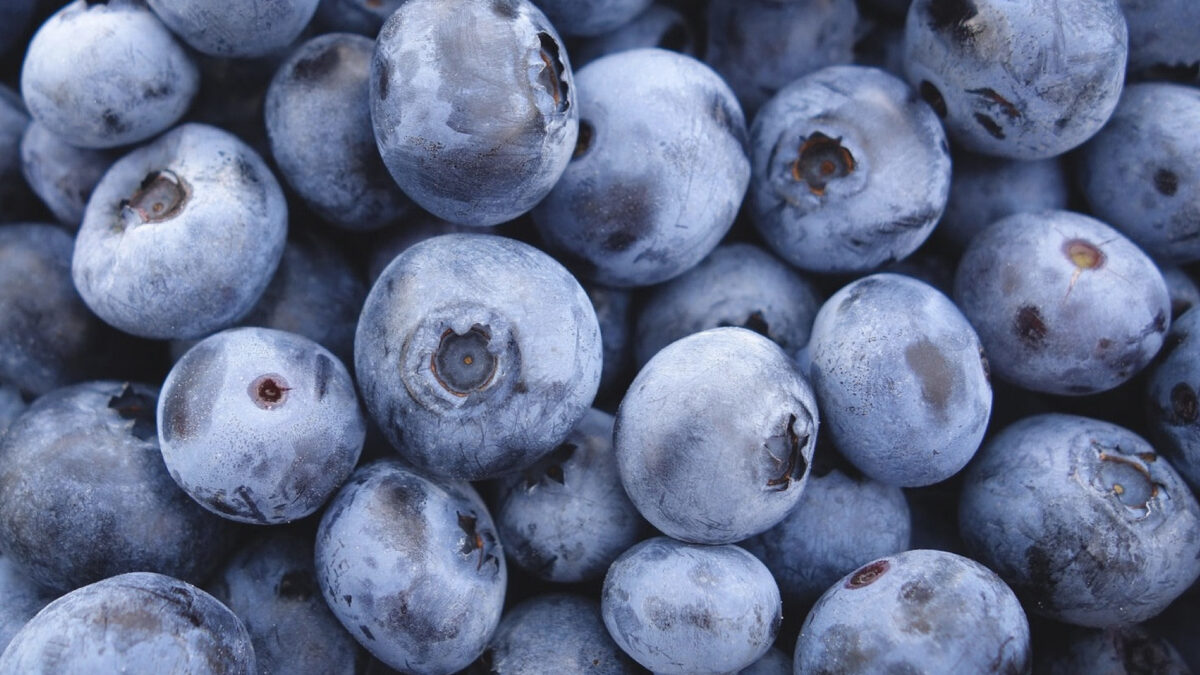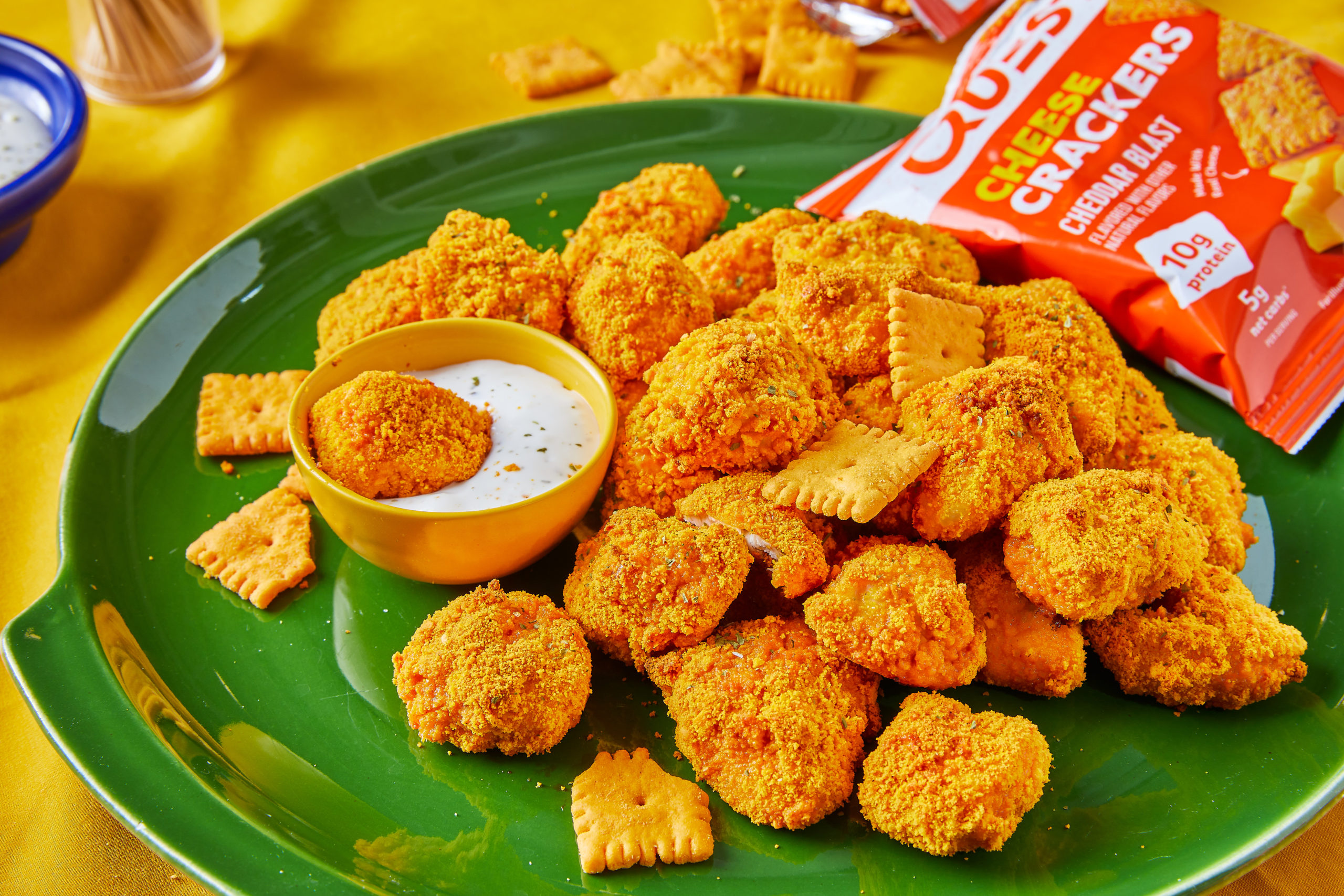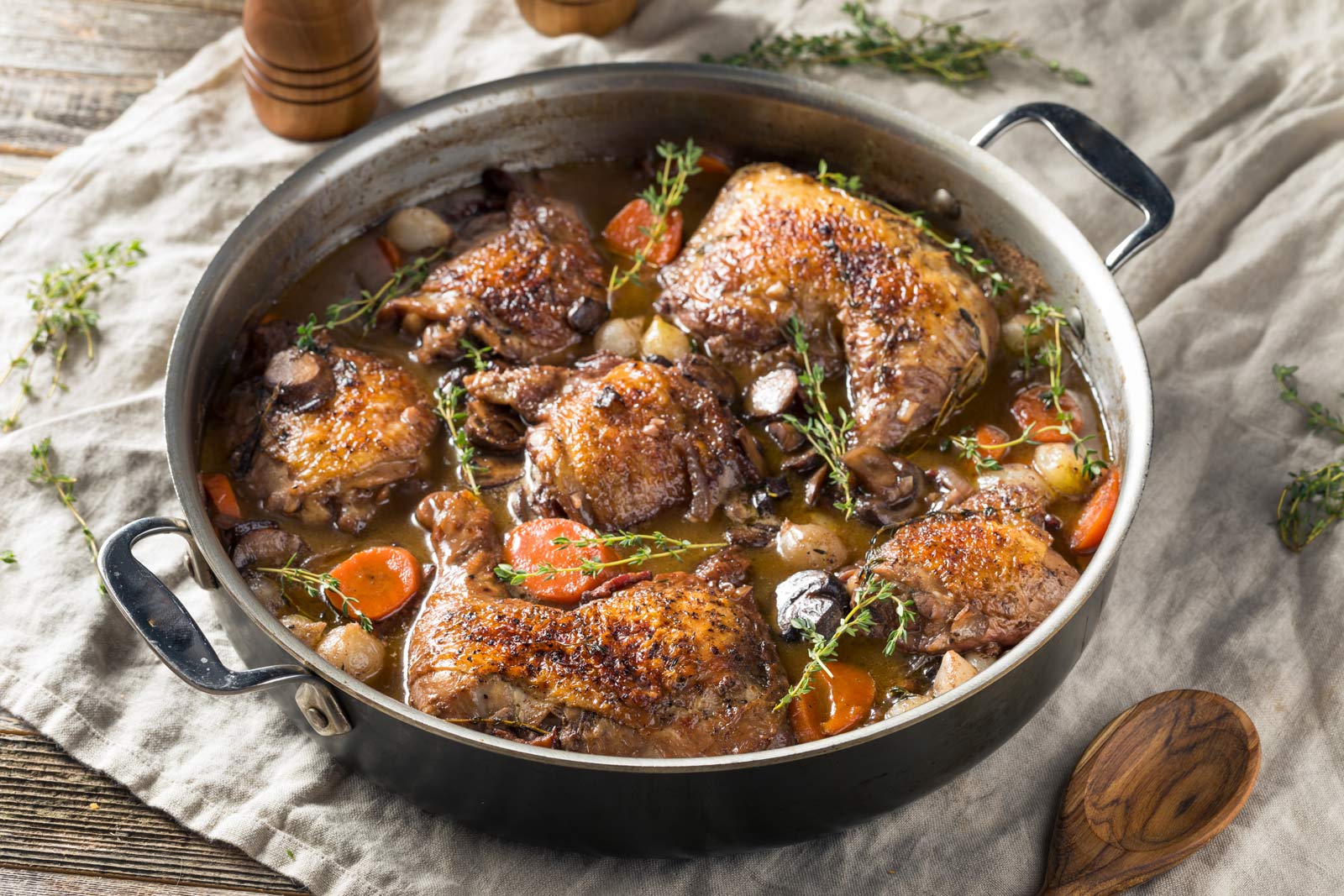Blueberry Blocking Effects of Yogurt
What happened when researchers tried to tease out what’s in dairy that interferes with the health benefits of berries and tea? A trio of Harvard […]

What happened when researchers tried to tease out what’s in dairy that interferes with the health benefits of berries and tea?
A trio of Harvard studies that followed more than 100,000 women for more than a decade found that those consuming the most anthocyanins—the brightly colored pigments found in blueberries, strawberries, and other berries—had an 8 percent reduction in risk of developing high blood pressure. Great, but how many berries? As you can see at 0:22 in my video Benefits of Blueberries for Blood Pressure May Be Blocked by Yogurt, those in the group consuming the most berries every day were only eating about 6 strawberries or just 11 blueberries, which is about a tenth of a cup. Maybe the biggest berry eaters just happened to have other healthy habits that were the real reason they did better? After all, you’re probably more likely to sprinkle blueberries on oatmeal than on bacon and eggs. Yes, but the researchers controlled for intakes of whole grains, fiber, and salt, as well as smoking and exercise habits and a number of other factors, yet the apparent berry benefit still remained. You don’t know for sure about the benefits of berries, though, until you put it to the test.
The title of a randomized, double-blind, placebo-controlled clinical trial gives away the thrilling conclusion: “Daily Blueberry Consumption Improves Blood Pressure.” But how can you do a double-blind trial with a food? How can you convincingly create a fake blueberry? A blueberry placebo? In this study, the researchers used whole blueberries—about a cup’s worth—but powdered them. A look-alike placebo powder had the same amount of sugar and calories as the real blueberries but without the actual blueberries. As you can see at 1:26 in my video, those in the placebo control group had no real change over the eight-week study. They started out with a blood pressure of 138 over 79 and ended up with 139 over 80. Those in the real blueberry group, though, experienced a significant drop, going from 138 over 80 down to 131 over 75. Now, a systolic blood pressure level of 131 is still too high; you’d like to see it go down at least to 120 or even 110. So, blueberries alone may not cure you. However, the fact that you can get a clinically significant improvement in a killer disease just “by the addition of a single dietary component” to your diet is quite impressive.
Is more better? What about twice the dose? More like two cups of fresh blueberries a day. Researchers found the same kind of significant drop, as you can see at 2:09 in my video, but increasing the amount didn’t seem to make the blueberries work any better. So, one cup may be all we need. Even less than a cup may work too, but we don’t know because it’s never been tested.
Overall, there have been five interventional studies to date on the effects of blueberry supplementation on blood pressure. Put all the studies together, and the results do not show any clinical efficacy. Wait, how could this be the case? I just discussed two studies that produced a gorgeous effect. Have I been cherry-picking studies—or rather, berry-picking them? If you read the papers closely, the blueberries in the two studies that detected a significant effect were prepared with water. The researchers simply mixed the blueberry powder with water. “However, the blueberries in the non-significant effect were prepared with yogurt and skim milk-based smoothie…”
You may remember from a video I produced about eight years ago, Nutrient-Blocking Effects of Dairy, that discussed how the absorption of berry nutrients can be blocked by dairy. As you can see at 3:09, if you mix strawberries with water, you get a nice peak in strawberry phytonutrients in your bloodstream within hours of consumption. But, if you instead go for strawberries with cream—mixing the same amount of strawberries with milk instead of water—significantly less of their phytonutrients make it into your system. “The inhibitory effects of milk may be due to…interaction of anthocyanins [the berry pigments] and milk proteins.” Does milk make the same thing happen with blueberries?
Indeed, the antioxidant activity of blueberries was found to impaired by milk. In the study, volunteers ate a cup and a half of blueberries with either water or milk. As you can see at 3:48 in my video, the milk blocked the absorption of some phytonutrients, but not others. So, did it really matter that much? After consuming blueberries with water, there were spikes in the antioxidants found in the bloodstream, but fewer with milk. When you look at the total antioxidant capacity of the bloodstream, you see that if you eat blueberries with water, antioxidant power shoots up within an hour and remains elevated five hours later. With milk, you’d think there might be less of a bump. In fact, there wasn’t just less of a bump, but less overall—less than where the study participants had even started out! The study subjects ate a whole bowl of blueberries and ended up with less antioxidant capacity just because they ate them with milk. No wonder mixing blueberries with yogurt or milk may abolish the blood pressure–lowering benefits.
Interestingly, full-fat milk may inhibit nutrient absorption the most, similar to what one finds by adding milk to tea. We’re talking about twice the reduction in in vitro antioxidant values with whole milk compared with skim milk, which is odd because we always thought it was the milk protein that was the culprit. This, however, suggests there may be some nutrient-blocking involvement from the dairy fat as well.
KEY TAKEAWAYS
Three Harvard studies followed more than a hundred thousand women for a decade and found that those consuming the most berries (and thereby the most anthocyanins, berries’ brightly colored pigments) each day had an 8 percent lower risk of developing high blood pressure, and the quantities were only about 6 strawberries or 11 blueberries a day. Even after controlling for other factors, such as intakes of whole grains, fiber, and salt, and smoking and exercise habits, the benefit from regularly eating berries remained. In an eight-week randomized, double-blind, placebo-controlled clinical trial, participants in the placebo control group had no real change in blood pressure, but those in the real blueberry group, who got about a cup’s worth of blueberries a day unbeknownst to them, experienced a significant drop, from 138 over 80 down to 131 over 75. Two cups of fresh blueberries a day gave the same kind of significant drop, but doubling the amount didn’t make the blueberries work any better than having just one cup. Mixing blueberries with dairy, such as yogurt or skim milk, however, does not result in any clinical efficacy, as dairy has been shown to block the absorption of berry nutrients. Comparing the antioxidant activity of blueberries with either water or milk, researchers found spikes in the antioxidants in the bloodstream after consuming blueberries with water, but berries with dairy not only resulted in less of a bump but actually ended up with less antioxidant capacity than before they had started. The milk appeared to eliminate the blood pressure-lowering benefits of the blueberries, and full-fat milk may inhibit nutrient absorption the most.What else can berries do? Check out some of my other videos:
Can Cranberry Juice Treat Bladder Infections? Reducing Muscle Soreness with Berries Boosting Natural Killer Cell Activity Flashback Friday: How to Slow Brain Aging by Two Years Inhibiting Platelet Aggregation with Berries Benefits of Blueberries for Artery Function Flashback Friday: Benefits of Blueberries for the Brain Flashback Friday: Benefits of Blueberries for Heart Disease Berries for Inflammation and Osteoarthritis Treatment Best Brain Foods: Berries and Nuts Put to the Test Flashback Friday: Blueberries for a Diabetic Diet and DNA Repair Flashback Friday: The Benefits of Açai vs. Blueberries for Artery FunctionBut, wait. If we don’t eat dairy, what about our bones? See Flashback Friday: Is Milk Good for Our Bones?.
For a whole diet approach to combat high blood pressure, see How Not to Die from High Blood Pressure.
In health,
Michael Greger, M.D.
PS: If you haven’t yet, you can subscribe to my free videos here and watch my live presentations:
2019: Evidence-Based Weight Loss 2016: How Not To Die: The Role of Diet in Preventing, Arresting, and Reversing Our Top 15 Killers 2015: Food as Medicine: Preventing and Treating the Most Dreaded Diseases with Diet 2014: From Table to Able: Combating Disabling Diseases with Food 2013: More Than an Apple a Day 2012: Uprooting the Leading Causes of Death
 KickT
KickT 
































